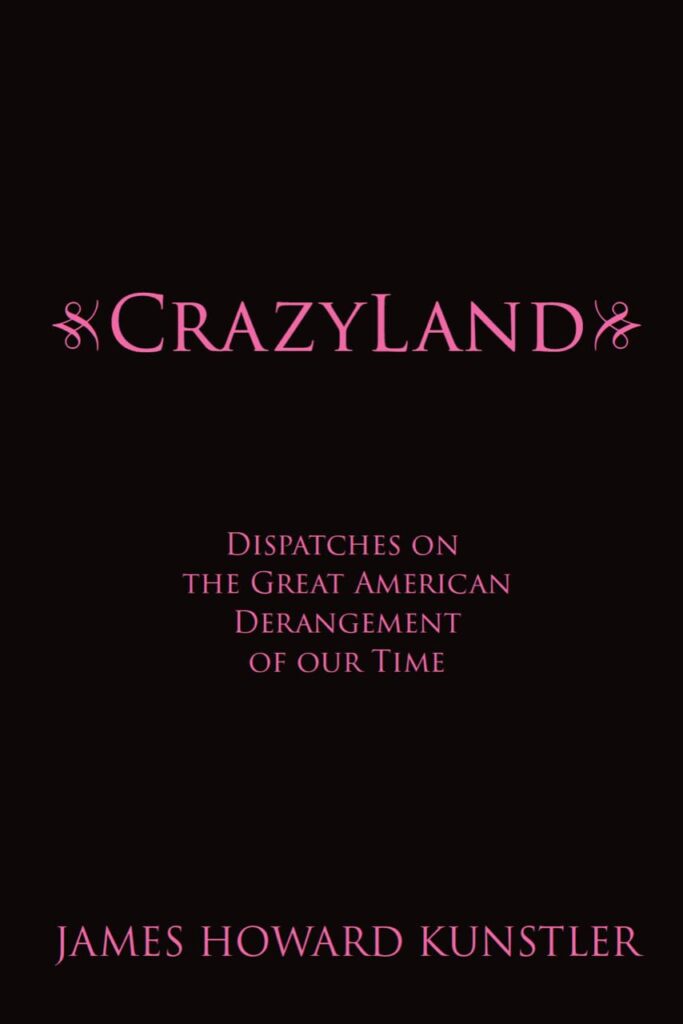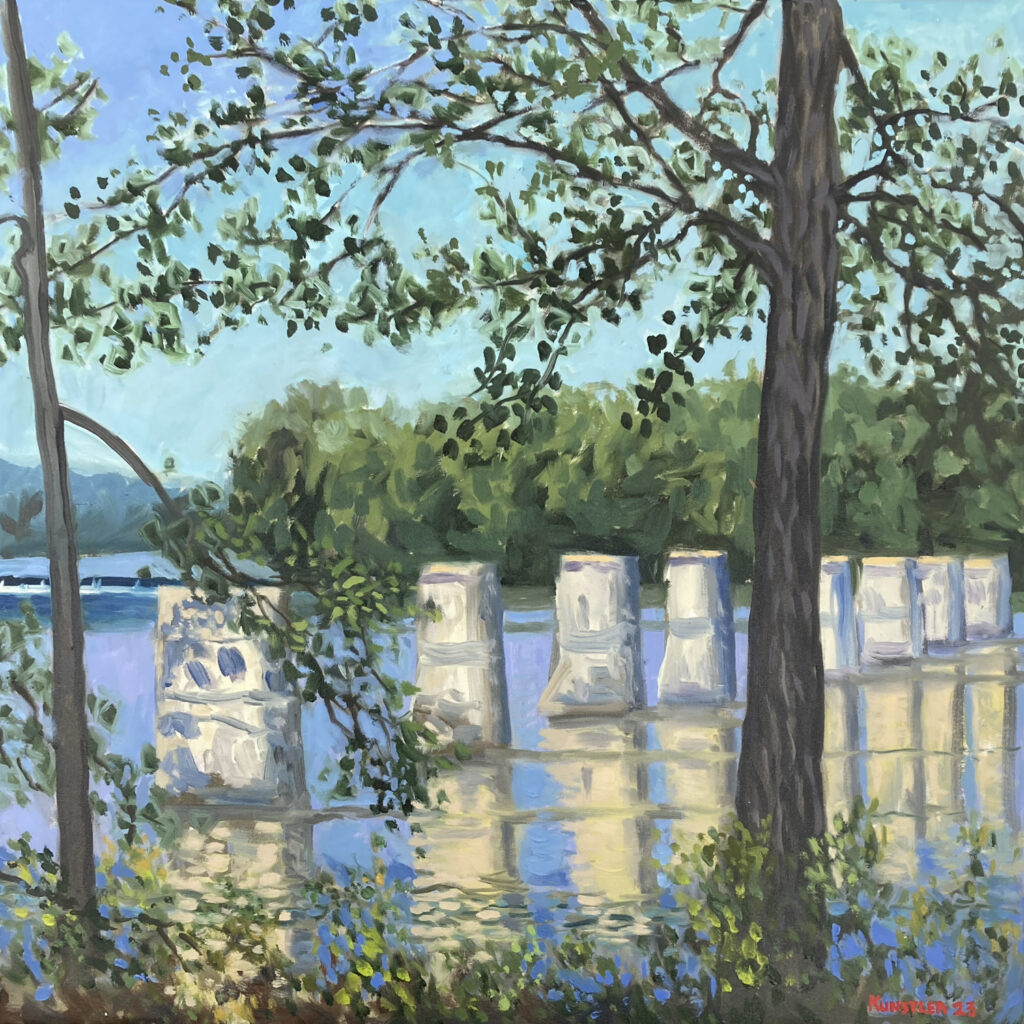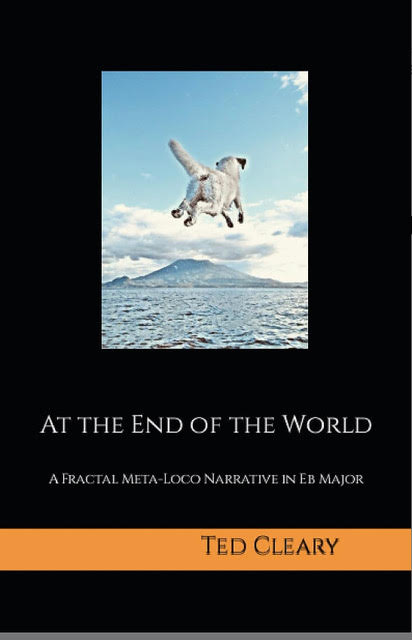While evermore appalling shenanigans within the AIG
corporation preoccupied the US media last week, I made a side trip to
the Republic of South Africa. The travails of that country are best
summed up in this song by the late pop singer Lucky Dube, who was
murdered in a botched carjacking a year and a half ago (“Remember Me”).
Daddy where ever you are remember me
In whatever you do I love you
Daddy where ever you are remember me
In whatever you do I love you
You left for the city many years ago
Promised to come back
And take care of us
Many years have gone by now
Still no sign of you Daddy
Mother died of a heart attack
Many years ago when she heard
That you were married again
Now, I’m the only one left
In the family
Chorus:
Wandering up and down
The streets of Soweto
No place to call my home
I tried to find you
Many years ago
But the women you’ re married to
was no good at all
I was in Johannesburg to give some talks at the invitation of an
architecture firm, Osmand Lange, who had designed an outstanding New
Urbanist project of some 35 acres in the otherwise Los Angeles-style
illegible suburban sprawl north of the old central business district.
The project, called Melrose Arch, was an ensemble of five-story
buildings in a set of mixed-use, dense blocks rich with good public
space — a rare thing in this otherwise ultra-fortified security state
of gated estate houses, malls, business “parks,” and freeways.
In fact, in the car coming off the very long flight from North
America, with what felt like a brain-pan full of screaming weevils
produced by jet-lag, I kept on wondering if I had somehow landed in LA
by mistake, so similar was the palm-studded terrain and most of the
objects deployed on it. After a day or so of brain rehab, the
differences became more apparent.
I spent virtually all my time there in and around Johannesburg
(“Joburg”) a world-class-sized city of nearly four million (in a
sprawling metro area of over seven million). The official race
segregation called “apartheid” was dismantled starting in 1990 by
then-President F.W. de Klerk after several decades of struggle and
resistance. With the population of about 50 million at roughly 80
percent black African, nine percent white, and the rest mostly Indian
and Malay, South Africa’s first full-suffrage national election in 1994
yielded government to the African National Congress party (ANC) led by
the long-time political prisoner Nelson Mandela. The casual observer
must assume that the choice for white South Africa at that time was
between accommodation and suicide.
A state of rather tense provisional accommodation has reigned
since then. The most conspicuous feature visible to someone from the US
was the huge numbers of black Africans everywhere, but especially those
traipsing or waiting along the the secondary highways in a country with
very poor public transit. It looked like some kind of refugee stream
from a distant war zone, but I was assured that it was just the normal
flow of daily life.
Along the same lines, the numbers of black Africans employed in
service jobs absolutely everywhere is also impressive. Every cafe,
restaurant, and commercial venue was bursting with redundant labor.
Where in the US, you might see ten employees in a given bistro, in
South Africa there were thirty. Caretakers, maids, yard-men, pool-men,
door-men, parking valets, waiters, cooks, attendants of every kind
worked constantly in the background of the still-economically dominant
white culture. Laws require the redundant hiring, and it must function
as a safety valve of income. Among these black service workers were
huge numbers of security guards posted everywhere, overseeing the
non-human security apparatus of gates, checkpoints, and electronic
entry portals that define the fortified white world.
After apartheid fell, white business fled the large central
business district of Joburg for the northern suburbs, establishing an
alternative universe of drive-in offices, malls, and gated housing
“estates” (what we call tract housing). Meanwhile, the skyscraper
district — about the size of Denver’s — was abandoned for a while.
Squatters moved into forty story towers, even after the elevators
stopped working. Other buildings were just stripped of valuables like
copper wire and fixtures. Now the downtown has been officially
reinhabited and many of the former office towers have been refitted for
apartments. But the elevators are still often broken and in 2007 a
series of rolling electric blackouts made life miserable there. I had
to wonder what the future of that place was, given how much it costs to
really maintain a skyscraper over the long haul. My guess is that the
decay must necessarily outpace the attempts at upkeep when these places
are owned, in essence, by slumlords.
On-the-ground downtown, the streets were so clogged with people
hurrying in chaotic flows along the sidewalks that the place took on
the character of an immense termite mound. I was in a car — what else?
— and was told it was not a good idea to go exploring on foot there.
Much of South Africa’s notorious crime — number one worldwide in rapes
and assaults per capita and second in murders — takes place in the
center city. There is plenty of friction, too, between South African
black nationals and black refugees from places in crisis like Zimbabwe
who sift down there by the millions and compete for income. But in the
social hierarchy, the center-city dwellers enjoy advantages less
available to the dusty township slumdwellers of distant Soweto,
southwest of the city.
Soweto was established first as a kind of barracks area for
workers in the gold and diamond mines that run in a straight line for
several hundred kilometers east-west across a geographic rift south of
the city center. The topography is visible even from a car on the
freeway, where the old gold-mine tailing heaps bigger than the pyramids
of Egypt glisten in the sun along the rift line. Another feature that
kind of defines the ambience of Soweto is the remains of the old
cyanide factory — a chemical used in processing gold ore.
Today, Soweto has grown to an aggregation of about one million
people living in various low-rise conditions ranging from vast
districts of cardboard shacks and tin-roof shanties to what have
evolved into streets of middle-class houses and even a few mansions. Up
until the fall of apartheid, the government severely limited the amount
of retail amenities that could be established in Soweto, so the
inhabitants had to travel ten miles at time to buy household goods.
Probably the weirdest thing about the life of Johannesburg and its
companion Soweto revolves around the abysmal lack of public transit.
Every day the denizens of Soweto fan out northward to work by
means of taxi-cab. A gigantic system of metered cabs and mini-vans,
many in desperate disrepair, driven with infamous recklessness, serves
the metro area’s poorest citizens. A colossal taxi “park” (parking lot
in our lingo) near the freeway entrance to Soweto’s closest-in township
dispatches all these vehicles to another massive taxi park in downtown
Joburg, with van or taxi connections at each end to take commuters
further. This exercise consumes around four hours of misery every day,
in traffic that almost always turns Joburg’s freeways into yet another
a taxi park twice a day. Returning to Soweto after a day’s work, some
people have to make two or three additional taxi connections to get
home through the sprawling townships. Many cannot afford this and the
shoulders of the connector highways off the freeway in Soweto were
filled in late afternoon with streams of people heading home on foot,
some burdened with bundles, some carrying things on their heads.
The sheer monetary expense of doing all this must be out of this
world for people with not much to begin with. Somehow, the insanity of
it has been established as “normal,” and there were few signs that the
government — now black-majority, after all — was planning to rectify
the situation. There are plans to run a new subway line across town,
but at this point it is conceived mainly as a connector to the main
airport. The South African rail system — like America’s — is
completely inadequate, and the mandatory motoring program so deeply
ingrained — and associated with the extremes of security and
fortification — that no workable consensus for getting beyond the
current situation can be formed. Otherwise, the government was getting
ready to host the World Cup of Soccer this summer and was preoccupied
with directing its planning resources to that.
The casual visitor can see a pretty clear gradient of social and
economic hierarchy in the two parallel worlds of white and black South
Africa. There is a cohort of educated urban blacks now established in
business and the bureaucracy that obviously stand above those working
in service jobs and those who are essentially bumpkins coming in from
the countryside or the “bush” or from the failing nations to the north.
Like any upper crust, the educated blacks in good jobs seal themselves
off from the lower ranks — though politically, there is a pretense to
identify with them. This black upper crust has only been in charge of
things for a decade and a half. Obviously they have not yet been able
to address problems like public transit yet, but it was unclear to me
whether all the other categories of things there, from electric power
to health services, were being managed capably.
There are as many political factions among the black majority as
there might be in any sizable nation. Friction between them sometimes
leads to violence. Corruption is not on the level of the infamous
“kleptocracies” straddling the equator, but it is far from
unknown. Right now, the nation awaits a national election coming up in
April and the near-certainty that Jacob Zuma will be elected the new
president. His ascent is widely dreaded by the white minority, who
broadly regard him as a thug.
This white minority appears to carry on with the “normal” tasks of
daily life not unlike what you would see in Europe and North America.
But close to the surface you detect a resigned fatalism. Their old
center has not held and things for them could fall apart at any time.
The evacuations of whites that occurred with the shift to
black-majority government in the 1990s have tailed down. I’m not even
sure how conscious the whites are of their own base-line nervousness,
though the multi-layered apparatus of security, with all the locks,
gates, and video cameras speaks for itself.
The combination of the fortification mentality with compulsory
motoring has left Johannesburg with a conspicuous scarcity of shared
civic space. It’s hard to beat the USA for this, but South Africa has
managed to. The architects and developers who designed the Melrose Arch
project tried to supply something that was otherwise non-existent in
the country and they did a very good job. All the classes of the
various races were present there — whites, blacks, and Asians —
sitting in the outdoor cafes, often at mixed tables, while the
virtually all-black service class puttered and watched in the
background. The nicely-scaled main square felt like the only tranquil,
open, safe public gathering place in the entire metroplex. The health
club down the street where I dropped in three times in a week reflected
the mix of races, too, as did the offices and business establishments.

Melrose Arch was a brave experiment. Its development coincided
time-wise with the more-or-less peaceful revolution out of minority
rule starting in the 1990s. There have been some copycat wannabe
spin-offs of it in other parts of the city, but nothing nearly as
successful either as an economic venture or a civic amenity.
On the whole, you got the feeling that all the multicolored upper
crusts of South Africa were largely tuned-out to some larger forces
gathering to shake up their world — in particular the energy crisis
that has moved off center-stage temporarily while banks and national
economies flounder everywhere. The energy crisis will return. South
Africa has coal and nuclear power, but not enough generating capacity
to stay very far ahead of an ongoing shortage of electric power. They
have a pretty robust coal-to-liquids program for helping to fuel all
the cars — but they also import a lot of regular oil and are at the
mercy of oil states elsewhere in Africa who resent them. The white
majority seems to ignore the fact that their future hangs by the rather
flimsy threads that hold together the combined motoring-and-security
systems that protect them. The story there is hardly over.
On the way out, I had one of those experiences that bizarrely
defines a place. I checked into the business-class lounge at the
airport only to find that no toilet was available there. They just
didn’t have any. I was sent outside down the concourse to find one.
“It’s Africa,” the old expression goes.
____________________________________?
My 2008 novel of the post-oil future, World Made By Hand, is available in paperback at all booksellers.
This blog is sponsored this week by Vaulted, an online mobile web app for investing in allocated and deliverable physical gold. To learn more visit:Kunstler.com/vaulted
|
Order now! Jim’s new book Click here for signed author copies from Battenkill Books
|
Order now! Jim’s other new book |
Paintings from the 2023 Season
New Gallery 15
GET THIS BLOG VIA EMAIL PROVIDED BY SUBSTACK
You can receive Clusterfuck Nation posts in your email when you subscribe to this blog via Substack. Financial support is voluntary.
Sign up for emails via https://jameshowardkunstler.substack.com





 JHK’s Three-Act Play
JHK’s Three-Act Play










For the new gamer this site so support because play minesweeper here all thing basic about this game available for the user.
You can easily see all of these and still get back to Africa the same day or choose to match them on the way to your next destination as a side trip in. Pay Someone To Take My Online Class!
Good Work
Read through ios switches here as we know there might be many who would like to learn this for one reason or another now. We can say that coursework writing service will be what we needed to go for at that time of the year. Just see that and we will like to learn it now.
Assignment Writing Ace is the right place to get top assignment writing services. They have a professional team that includes completely qualified writers who are experienced in the field of academic writing. They can give services for all types of assignments. Plagiarism-free results are 100% guaranteed as they follow the right track to complete your assignments.